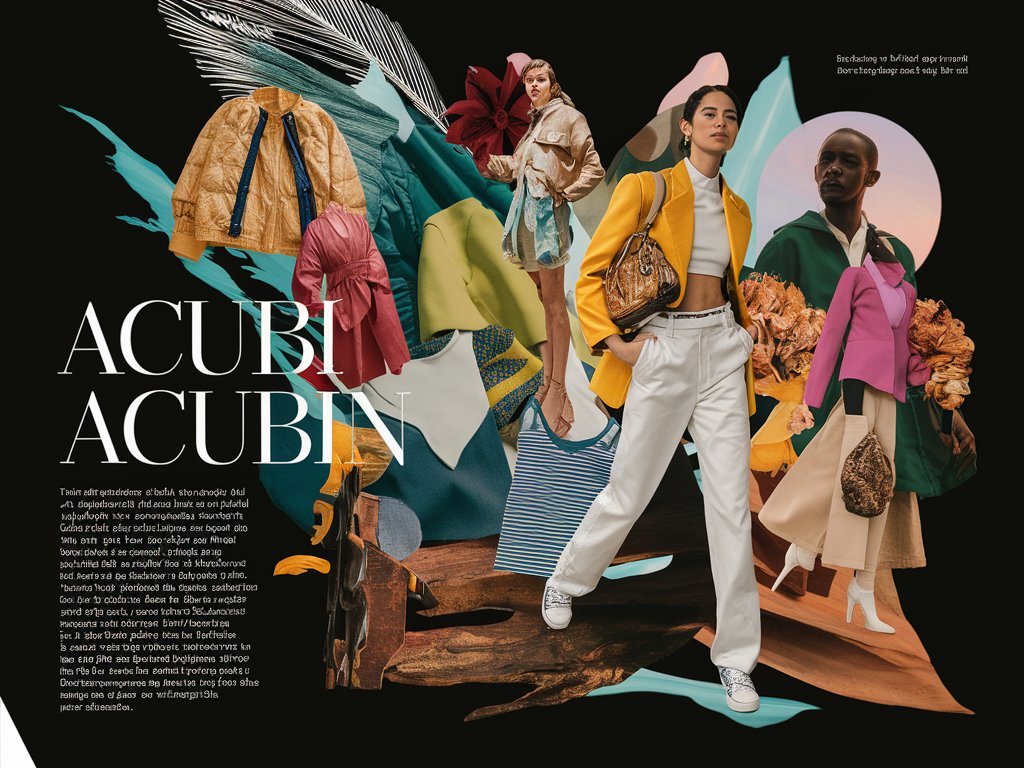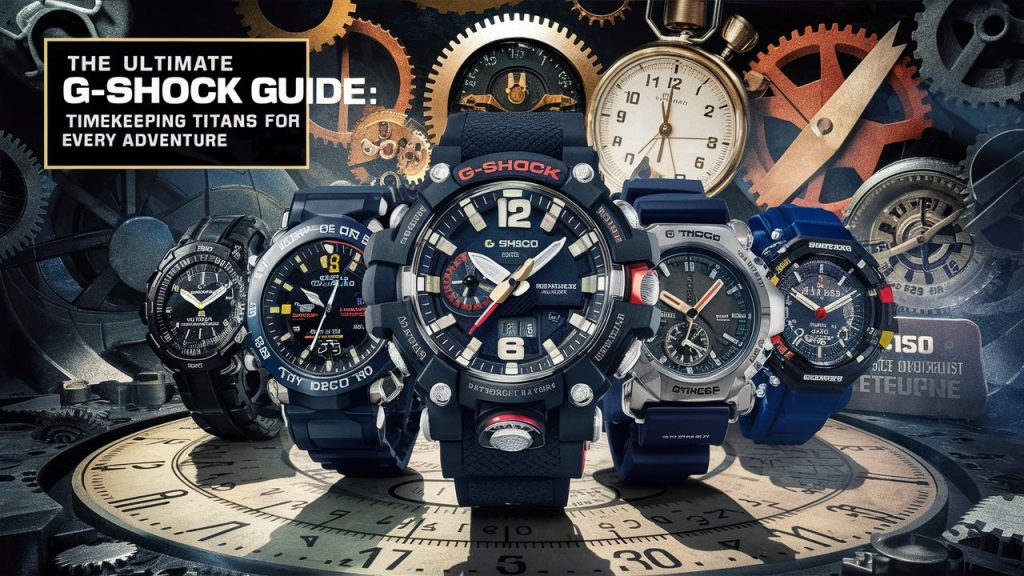Acubi Fashion is making waves in the fashion world, bringing a fresh perspective to contemporary clothing. Rooted in innovation and creativity, Acubi Fashion combines modern aesthetics with sustainable practices, catering to a generation that values both style and responsibility. This blog post delves into the essence of Acubi Fashion, its core principles, and its impact on the fashion industry.
Introduction
Fashion is a dynamic and ever-evolving industry, reflecting societal changes, technological advancements, and cultural shifts. In recent years, a new player has emerged on the scene: Acubi Fashion. This trend isn’t just about clothing; it’s a movement that embodies a unique blend of style, sustainability, and social consciousness. As consumers become more aware of the environmental and ethical implications of their choices, Acubi Fashion has positioned itself as a leader in offering fashionable yet responsible options.
What is Acubi Fashion?
Acubi Fashion is characterized by its commitment to innovation, sustainability, and inclusivity. The term “Acubi” itself is derived from a fusion of ideas that encapsulate the essence of this fashion trend. Here’s a closer look at the core elements of Acubi Fashion:
Innovation: Acubi Fashion brands are at the forefront of adopting new technologies and materials. This includes the use of biodegradable fabrics, 3D printing, and smart textiles that enhance both functionality and aesthetics.
Sustainability: Environmental consciousness is a cornerstone of Acubi Fashions. Brands focus on reducing waste, using eco-friendly materials, and implementing sustainable production processes. This not only minimizes the environmental footprint but also sets a new standard for the industry.
Inclusivity: Acubi Fashion embraces diversity in all its forms. This includes size-inclusive clothing lines, gender-neutral designs, and campaigns that celebrate all cultures and identities. Inclusivity is not just a trend but a fundamental principle that guides the ethos of Acubi Fashions.
Minimalism and Versatility: They often emphasizes minimalistic designs that are versatile and timeless. This approach encourages consumers to invest in pieces that can be worn in multiple ways, reducing the need for excessive consumption.
Also Read: Learn to Sit Back and Observe: Not Everything Needs – Tymoff
The Rise of Acubi Fashion
The rise of Acubi Fashions can be attributed to several factors, including changing consumer preferences, technological advancements, and the growing awareness of sustainability issues. Here are some key drivers behind its popularity:
Consumer Awareness: Modern consumers are more informed and concerned about the impact of their purchases. They seek brands that align with their values, particularly those related to environmental sustainability and ethical production.
Technological Advancements: Innovations in textile technology and production methods have made it possible to create high-quality, sustainable clothing. This includes the use of organic materials, recycled fabrics, and advanced manufacturing techniques that reduce waste.
Social Media Influence: Social media platforms have played a significant role in popularizing Acubi Fashion. Influencers and fashion bloggers showcase these sustainable and stylish options, reaching a broad audience and driving demand.
Cultural Shifts: There is a growing movement towards minimalism and mindful consumption. People are shifting away from fast fashion and opting for quality over quantity, aligning perfectly with the principles of Acubi Fashion.
Key Players in Acubi Fashion
Several brands and designers are leading the Acubi Fashions movement, each bringing their unique vision and innovation to the table. Here are some noteworthy names:
Stella McCartney: A pioneer in sustainable fashion, Stella McCartney’s eponymous brand is known for its use of eco-friendly materials and commitment to ethical production practices.
Everlane: This brand focuses on transparency and sustainability, offering high-quality basics made from sustainable materials. Everlane’s “Radical Transparency” policy allows consumers to see the true cost of their products, promoting accountability.
Patagonia: Renowned for its environmental activism, Patagonia combines outdoor performance wear with sustainable practices. The brand is a leader in using recycled materials and promoting fair labor conditions.
Reformation: This brand offers trendy, feminine clothing while prioritizing sustainability. Reformation uses eco-friendly fabrics and aims to minimize waste in its production processes.
VEJA: A footwear brand that has gained popularity for its stylish sneakers made from organic and recycled materials. VEJA emphasizes fair trade practices and transparency in its supply chain.
Acubi Fashion Trends
Acubi Fashions is not just about individual pieces but also about the trends that define the movement. Here are some of the key trends that are shaping Acubi Fashion:
Eco-Friendly Fabrics: The use of sustainable materials such as organic cotton, Tencel, and recycled polyester is a hallmark of Acubi Fashions. These fabrics are not only environmentally friendly but also offer comfort and durability.
Upcycling and Recycling: Brands are increasingly adopting upcycling and recycling practices, turning waste materials into new fashion pieces. This approach not only reduces waste but also adds a unique touch to the clothing.
Tech-Enhanced Fashion: The integration of technology in fashion, such as smart textiles and wearable tech, is gaining traction. These innovations enhance the functionality of clothing, offering features like temperature regulation and biometric monitoring.
Gender-Neutral Designs: Acubi Fashions embraces inclusivity with gender-neutral designs that cater to all body types and identities. This trend challenges traditional fashion norms and promotes a more inclusive industry.
Slow Fashion: The slow fashion movement, which encourages mindful consumption and quality over quantity, aligns perfectly with Acubi Fashions principles. Consumers are encouraged to invest in timeless pieces that last longer and have a lower environmental impact.
The Impact of Acubi Fashion on the Industry
The rise of Acubi Fashion has had a significant impact on the fashion industry, prompting changes in how brands operate and how consumers make choices. Here are some of the key impacts:
Sustainable Practices: More brands are adopting sustainable practices in response to consumer demand and regulatory pressures. This includes using eco-friendly materials, reducing waste, and promoting ethical labor practices.
Increased Transparency: Brands are becoming more transparent about their production processes and supply chains. This transparency builds trust with consumers and holds brands accountable for their practices.
Innovation in Design and Production: The emphasis on sustainability has spurred innovation in both design and production. Brands are exploring new materials, technologies, and methods to create stylish and sustainable clothing.
Consumer Behavior: Consumers are becoming more conscious of their fashion choices, opting for quality over quantity and supporting brands that align with their values. This shift in behavior is driving the demand for Acubi Fashion.
Economic Implications: The growth of Acubi Fashions has economic implications for the industry. Brands that embrace sustainable practices may face higher production costs but can also benefit from increased consumer loyalty and a positive brand image.
Challenges and Future Prospects
While Acubi Fashion has gained significant traction, it also faces challenges that need to be addressed for sustained growth. Here are some of the key challenges and future prospects:
Cost and Accessibility: Sustainable fashion can be more expensive due to the use of eco-friendly materials and ethical production practices. Making Acubi Fashion accessible to a broader audience remains a challenge.
Scalability: Scaling sustainable practices across the entire industry is a complex task. Brands need to find ways to balance sustainability with profitability and scalability.
Consumer Education: Educating consumers about the importance of sustainable fashion and the impact of their choices is crucial. Awareness campaigns and transparent communication can help bridge the knowledge gap.
Innovation and Technology: Continued innovation in materials and production methods is essential for the growth of Acubi Fashion. Investment in research and development can drive further advancements in this field.
Regulatory Support: Supportive policies and regulations can encourage more brands to adopt sustainable practices. Governments and industry bodies play a crucial role in setting standards and providing incentives for sustainability.
Conclusion
Acubi Fashion represents a transformative shift in the fashion industry, blending style with sustainability and social responsibility. As consumers increasingly prioritize ethical and eco-friendly choices, Acubi Fashion is set to become a dominant force in the market. By embracing innovation, inclusivity, and mindful consumption, Acubi Fashion not only redefines fashion but also sets a new standard for the industry. The journey ahead may have challenges, but the future of fashion looks brighter and more sustainable with Acubi Fashion leading the way.







